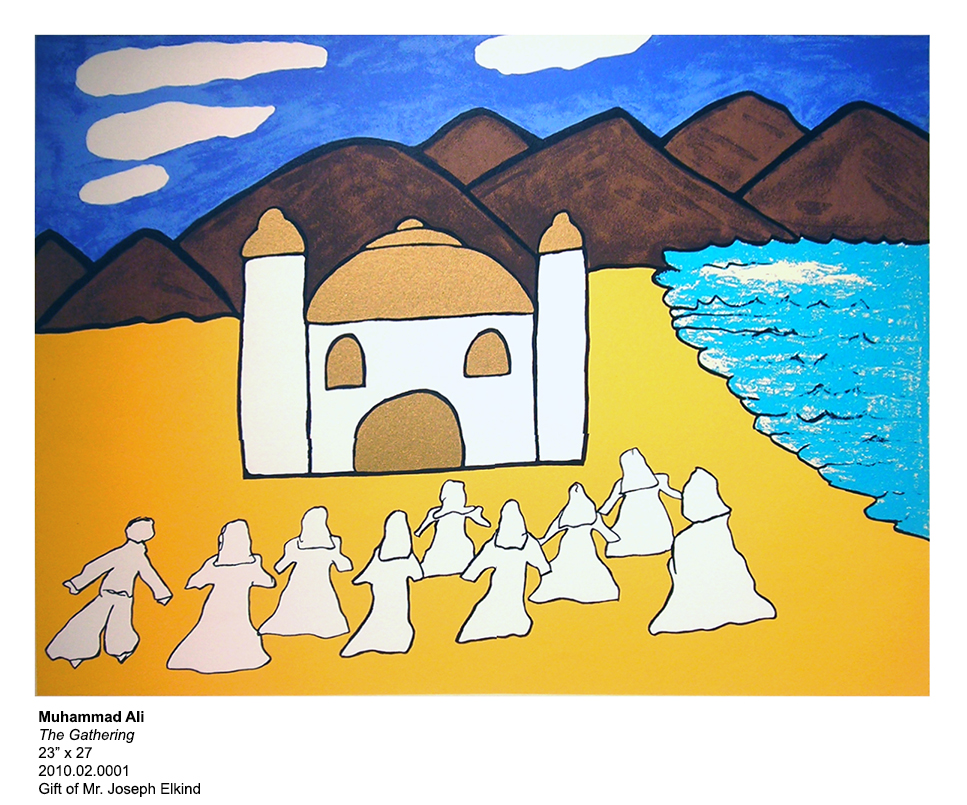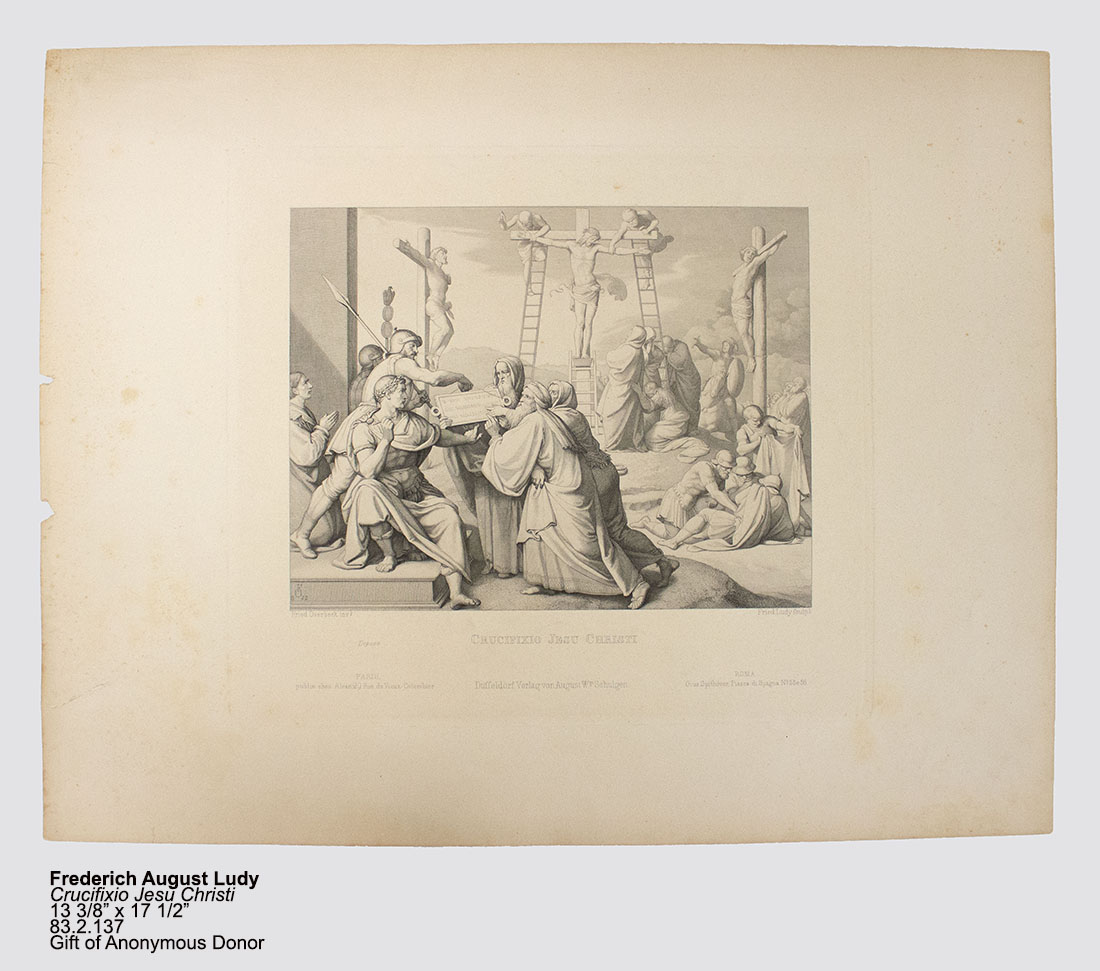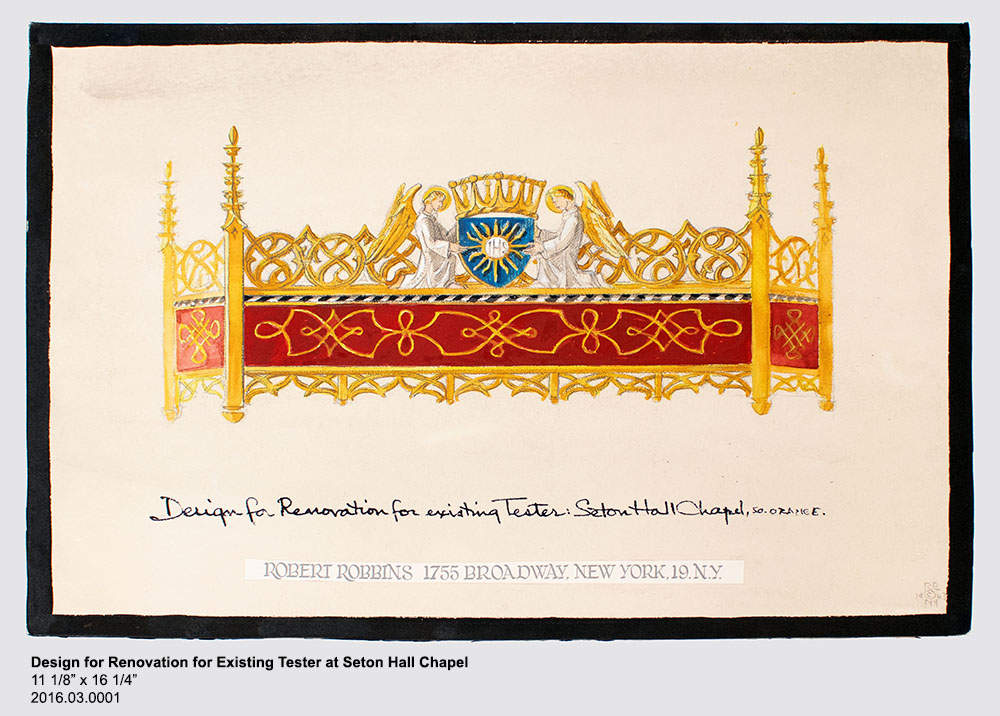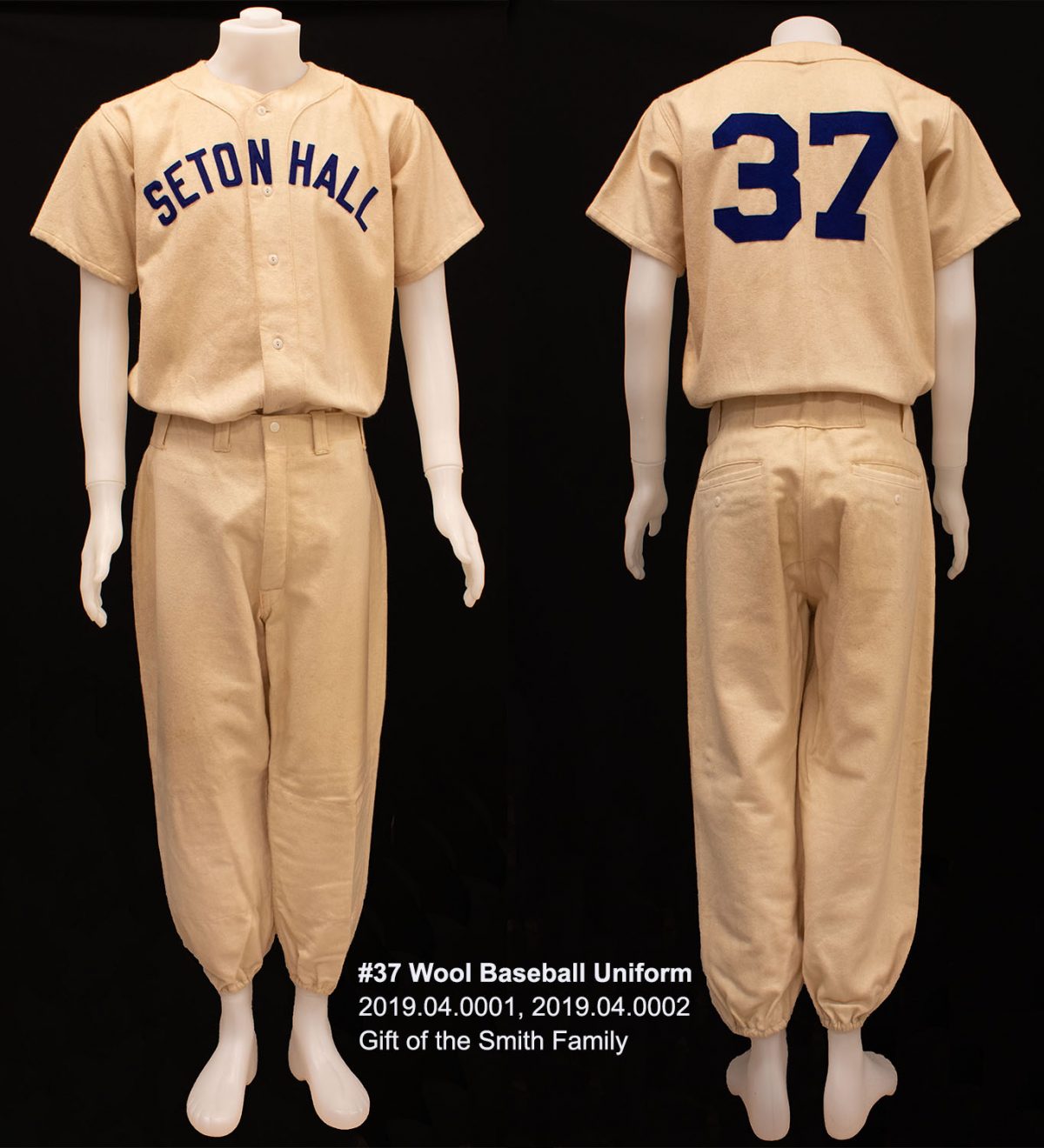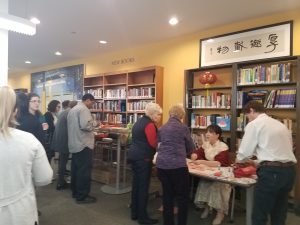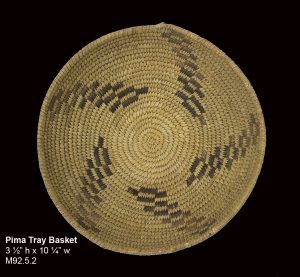Muhammad Ali
The Gathering
Lithographic print
23” x 27”
1980
2010.02.0001
Gift of Mr. Joseph Elkind
Ramadan Mubarak (Blessed Ramadan)! One of the holiest months of the year for Muslims, Ramadan commemorates the month in which the Qur’an, the holy book of Islam, was first revealed to the Prophet Muhammad by Allah (God). Daily fasting is practiced, and it is a time of self-reflection and spiritual improvement. Ramadan is a time to strengthen one’s relationship with Allah through reading the Qur’an and prayer, as well as reinforce communal bonds through shared meals when breaking the fast and giving to the poor. This print depicting figures in white walking towards a mosque with two minarets and a gold dome is by American Muslim, sports figure, celebrity and political activist, Muhammad Ali, who joined the Nation of Islam in 1964 and later converted to Sufi Islam after a pilgrimage to Mecca in the 1970s.
